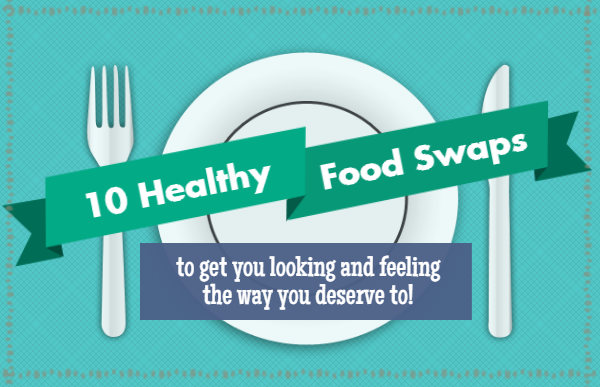Why You Should Eat Wild Caught Shrimp or None at All
When it comes to food choices, we usually only think of consequences in terms of our own bodies.
Hopefully,we think about the consequences a food will have on our health, but more than likely we are concerned with how it will affect the way we look in a bikini. Rarely do we think about the consequences that our food choices might have on the safety and well-being of our fellow humans around the world.
Our jumbo demand for shrimp
Shrimp feels like the quintessential party food. Used to be that its higher price meant you only saw it during celebrations and special occasions. Its booming popularty among Americans (it’s now the most popular seafood in the US) means that we’ve had to start importing more of it. 90% of it to be exact. 20 years ago, most of our shrimp came from domestic wild fisheries. Now we import nearly all of it from Asia.
I don’t recommend eating American farm raised seafood. I’d highly discourage eating seafood raised on farms in Asia, which utilize shockingly repulsive practices in order to satisfy our tall order. With a voracious appetite and an unrealistic expectation for cheap, we’re encouraging these conditions to meet our demands. Since the shrimp are crammed into such overcrowded, unsanitary conditions, they are literally showered with antibiotics in order to keep them alive, many of which have been banned from use in the US. And if the US is banning the use of an antibiotic, that’s really saying something.
The illegal antibiotics, which have been detected in the muscle tissue of imported seafood, are banned due to evidence they damage the immune system and are suspected to cause cancer in humans. These fishy imports slip through the cracks (or the wide gaping holes in this instance) as the FDA inspects no more than 2% of the shrimp coming into the US. (source)
Illegal antibiotics or not, our imports from Asian markets surely have a positive effect on those people and economies, right?
Not as easy as that, unfortunately. High demands for lots and lots of senselessly cheap seafood results in an industry that has been uncovered as having some of the worst working conditions in the world.
If you think the shrimp have it bad…
The regular exposure to harsh chemicals and unsafe antibiotics is the least offensive hardship that the impoverished workers in Southeast Asia’s shrimp industry must endure. Reported use of human trafficking and slavery, child labor, and subjection to physical, emotional, and sexual abuse are a few of the more unpleasant hardships. Workers in Thailand, Bangladesh, and other Asian nations are commonly forced to stay within the compound, among their wretched working conditions, for longer than any human should be made to labor- we’re talking like, up to 22 hours a day. (source)
What sounds like part of an illegal drug trafficking operation is actually the mechanisms that make Red Lobster’s Endless Shrimp campaign a possibility for you and me.
“I thought I was going to die,” said Vuthy, a former monk from Cambodia who was sold from captain to captain. “They kept me chained up, they didn’t care about me or give me any food … They sold us like animals, but we are not animals – we are human beings” (source)
All of that so that you can stuff yourself at the All You Can Eat seafood buffet?
If you were going to pick a reason to only eat wild caught shrimp, let it not be because of its superior nutrition, lesser impact on the environment, and absence of harmful antibiotics. Make your reason for opting to pay more money for wild caught shrimp, that you will absolutely refuse to contribute to the subjugation of a people living half a world away from you.
I often feel as though I’m being a nuisance, demanding to know the source of my food- and it’s something that I struggle with. But I struggle more with the conscious decision to eat anything that compromises the safety and basic human rights of another human being. Personally, I’d rather go hungry.
What you’re really paying for
If you’re cringing over the price of wild caught and responsibly sourced seafood, just remember, that is what the actual price is. The unattainably cheap sea fare we’re used to paying for comes at a cost that can’t be measured in dollar bills. The consequences of our food choices reach far beyond those pair of pants we hope we will one day fit into.
You can learn more about the Asian slave labor that is used to produce our shrimp in this video made by The Guardian, as well as this photo story created by the Environmental Justice Foundation.
Note:
When purchasing shrimp, look for labels stating “wild caught” or “gulf shrimp”. Shrimp without these labels (and shrimp being served in most restaurants) will most likely be farmed shrimp from Asia. An Oceana study has recently revealed that up to 1/3 of shrimp has been falsely labeled, with the biggest incidence of misrepresentation occurring in New York, where 43% of shrimp tested were inaccurately labeled.







Leave a Reply